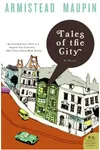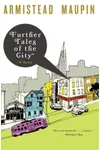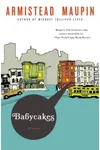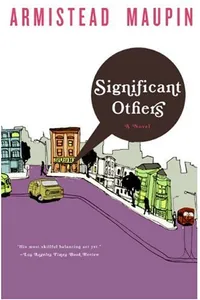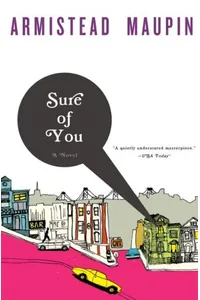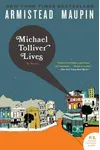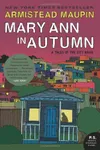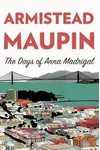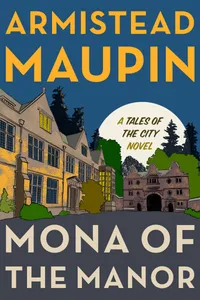Step into the vibrant world of Tales of the City, where San Francisco’s eclectic streets burst with love, secrets, and chosen family! Armistead Maupin’s groundbreaking series, starting as a 1970s newspaper serial, follows Mary Ann Singleton and her quirky neighbors at 28 Barbary Lane. This LGBTQ+ literary gem blends humor, heart, and social commentary, capturing a transformative era.
With its soap-opera charm and unforgettable characters like the enigmatic landlady Anna Madrigal, Tales of the City invites readers into a colorful tapestry of identity, romance, and community. Ready to explore this iconic saga? Let’s dive in!
How Tales of the City Began
In 1974, Armistead Maupin, a former naval officer turned journalist, began penning Tales of the City as a serial in the Pacific Sun, later moving to the San Francisco Chronicle in 1976. Inspired by his life in San Francisco’s free-spirited 1970s scene, Maupin crafted a story reflecting the city’s diverse, liberated culture. His goal? To spotlight LGBTQ+ lives with authenticity and wit, a bold move in an era when such representation was rare.
The serial’s popularity led to its novelization, with the first book, Tales of the City, published in 1978. Maupin’s real-time writing allowed him to weave current events—like the AIDS crisis—into the narrative, making the series a living chronicle of its time.
The Heart of Tales of the City
The series spans ten novels, each a snapshot of San Francisco’s evolving soul. Tales of the City (1978) introduces Mary Ann, a naive Ohio transplant, navigating love and life under Anna Madrigal’s maternal gaze. More Tales of the City (1980) deepens the drama, with Mona Ramsey uncovering family secrets and Michael ‘Mouse’ Tolliver finding romance. Babycakes (1984) tackles the AIDS epidemic’s impact, blending grief with resilience. The Days of Anna Madrigal (2014) closes the saga, reflecting on legacy and belonging.
Maupin’s style—witty, episodic, and heartfelt—mirrors a literary soap opera. Themes of identity, sexuality, and chosen family shine, set against San Francisco’s bohemian backdrop. From gay bars to Burning Man, the series celebrates inclusivity, challenging stereotypes with nuanced characters like the transgender Anna and HIV-positive Michael.
The books’ serialized roots give them a dynamic pace, with cliffhangers and intertwining lives. Maupin’s humor and empathy make every page a delight, earning praise for humanizing LGBTQ+ experiences in a judgmental world.
Why Tales of the City Resonates
Tales of the City revolutionized LGBTQ+ literature, offering visibility when queer stories were sidelined. Its frank depictions of sexuality, drug use, and community broke barriers, inspiring shows like Sex and the City and Will & Grace. Adapted into miniseries (1993, 1998, 2001, 2019), a graphic novel, and a musical, the series remains a cultural touchstone.
Its legacy lies in its universal appeal—readers of all backgrounds find solace in its message of belonging. Maupin’s advocacy, including his outspokenness against anti-LGBTQ+ politics, amplifies the series’ impact, making it a beacon of hope and defiance.
- First Published: 1978 (novel), 1974 (serial)
- Number of Books: 10
- Awards: Lambda Literary Foundation Pioneer Award (2012) for Maupin
- Adaptations: PBS, Showtime, Netflix miniseries; BBC Radio 4
Grab Tales of the City and dive into San Francisco’s dazzling world of love and laughter! Whether you’re seeking humor or heart, Maupin’s saga is your perfect escape.
